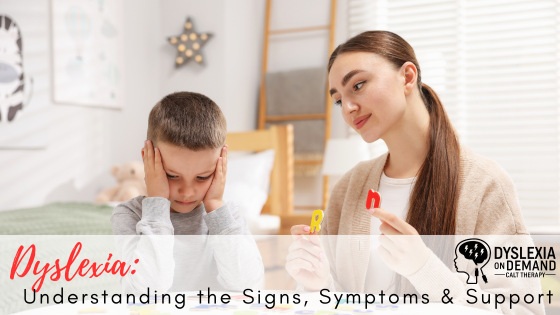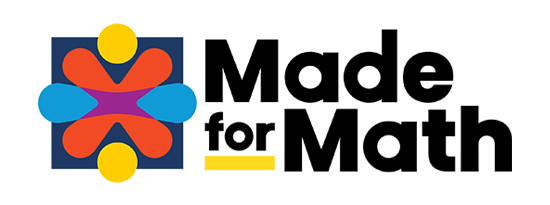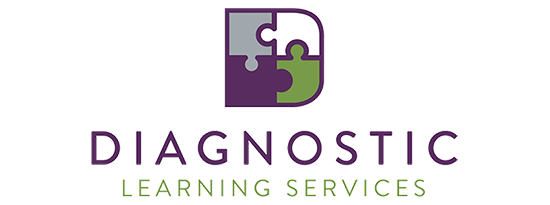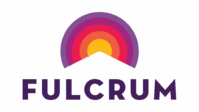
Dyslexia: Understanding the Signs, Symptoms, and Support Options
Executive Summary
This article offers an accessible overview of dyslexia, explaining that it is a neurobiological learning disability—not a reflection of intelligence—that affects reading, spelling, writing, and self-concept. It outlines early signs, broader symptoms, and the importance of structured, multisensory interventions, such as the Orton-Gillingham Approach, for effective support.
When parents have a child with a new dyslexia diagnosis, they often become students and learners themselves. There is much to discover about this specific learning disability, including its signs, symptoms, and available support options for families. Dyslexia on Demand offers a wide range of online resources, including a blog, an informative website, and a complimentary consultation call with a dyslexia expert. There is a lot of information out there on the internet about dyslexia, but you can find verified information about this condition from a trusted source—Dyslexia on Demand. Are you looking to learn more about the best way to move forward with dyslexia treatment for your student? Read on to learn about the definition of dyslexia and to get an understanding of the signs, symptoms, and support options for dyslexia.
What is dyslexia? Let’s begin with what dyslexia is not. Dyslexia is not a measure of your child’s intelligence or ability. While it’s labeled a learning disability, it is in fact a condition of the brain that is neurobiological in its origin. Don’t let the word “disability” fool you: Children with dyslexia who receive the right kind of treatment grow up to be adults who find success in academics and beyond. Still, dyslexia can affect a child’s everyday academic skills, like spelling and writing. One of the main issues that dyslexia causes for students is difficulty with phonological processing. For students, this means they may struggle with recognizing and manipulating sounds within words. Many new readers with dyslexia struggle with decoding, a foundational reading skill. In turn, students may also struggle with reading fluently and comprehending the text they are trying to read. This can cause problems for dyslexic students from elementary school through adulthood.
Seeking signs early on. Typically, students do not receive a formal dyslexia diagnosis until they’re around the age when they begin learning to read in elementary school. However, parents may want to be aware of the following signs that may be observable around preschool or kindergarten age. These might include:
- Trouble with learning the alphabet
- Having a hard time recognizing or identifying rhyming words
- Inability to recognize letters in familiar words, like the child’s own name
- Delayed speech
Symptoms with a bigger impact. Dyslexia affects not only a person’s reading skills. Some students aren’t diagnosed until later in their academic career. This learning disability has the potential to affect organizational skills, executive functioning, and working memory. For students who don’t get the right kind of dyslexia help, these effects can be debilitating in their day-to-day lives. Having dyslexia can also affect a student’s emotional and social health, with things like anxiety or a lack of confidence in the classroom.
Dyslexia is for a lifetime. People do not outgrow dyslexia, but with the correct kind of intervention, accommodations, and dyslexia therapy, they’re able to find success in school as well as in the real world. Students with dyslexia can learn to read and write fluently, provided they receive the proper support to help them.
The best support for dyslexia. Often, parents’ first instinct is to hire a tutor for their student with dyslexia. Tutors can help with completing homework and developing good study habits. However, there is a better way to approach dyslexia: the most successful method for helping individuals with dyslexia is to implement a structured, explicit, and multisensory program for your student. Orton-Gillingham approaches have proven to be the best way for students with dyslexia to succeed. At Dyslexia on Demand, we offer expert-level dyslexia therapy using the gold standard for our students’ programs. We work to create new neural pathways in our students, and the results can be absolutely life-changing.
More about Dyslexia on Demand: Our individualized one-on-one therapy opportunities occur online four times per week for each student. Highly trained Certified Academic Language Therapists (CALTs) lead our sessions with consistency and expertise, while tailoring the curriculum to the needs of your child. CALTs work to integrate visual, motor processing, and auditory skills into sessions, which helps to build a solid foundation for students’ written language skills.
Dyslexia on Demand is more than just dyslexia therapy. Our goal is to work with families as advocates, educators, and supporters as they navigate the world of dyslexia. We offer access to resources such as support groups, information on federal rights, and assistance with navigating the development of the whole child.
Learning more about dyslexia is a crucial step in helping your child embark on a journey to success. Don’t stop with this article! To discover the best solution for your student with dyslexia, Reach out to Dyslexia on Demand.
FAQ
At what age should I look for signs of dyslexia in my child?
Signs of dyslexia may appear in preschool or kindergarten, such as difficulty with rhyme, learning the alphabet, struggling with rhyming words, or being unable to recognize letters in familiar words. Before preschool, early indicators are often linked to language development—such as frequent mispronunciations of common multisyllabic words, difficulty with articulation, and challenges in both receptive and expressive language. More formal diagnoses often occur when children begin reading in elementary school.
Can someone outgrow dyslexia?
No—dyslexia is a lifelong condition, but with the right intervention, accommodations and therapies, individuals can become fluent in reading and writing and succeed academically and professionally by overcoming the language processing challenges in the brain.
What type of support works best for dyslexia?
While parents, teachers, and tutors can help with homework and study habits, the most effective intervention for dyslexia is a structured, explicit, multisensory program—such as the Orton-Gillingham approach—that targets phonological processing, decoding, fluency, and written language skills.
References
American Academy of Pediatrics, Council on Children with Disabilities, & Section on Developmental and Behavioral Pediatrics. (2019). Identifying and supporting children with specific learning disabilities. Pediatrics, 144(6), e20193048. https://doi.org/10.1542/peds.2019-3048
Gaab, N. (2017). It’s a myth that young children cannot be screened for dyslexia! International Dyslexia Association. https://dyslexiaida.org/its-a-myth-that-young-children-cannot-be-screened-for-dyslexia/
International Dyslexia Association. (2017). Definition of dyslexia. International Dyslexia Association. https://dyslexiaida.org/definition-of-dyslexia/
National Center for Learning Disabilities. (2020). The state of learning disabilities: Understanding the 1 in 5. NCLD. https://www.ncld.org/
Shaywitz, S. E., & Shaywitz, B. A. (2020). Overcoming dyslexia: Second edition. Vintage.
Snowling, M. J., & Hulme, C. (2020). Interventions for children’s language and literacy difficulties. International Journal of Language & Communication Disorders, 55(3), 255–269. https://doi.org/10.1111/1460-6984.12525












